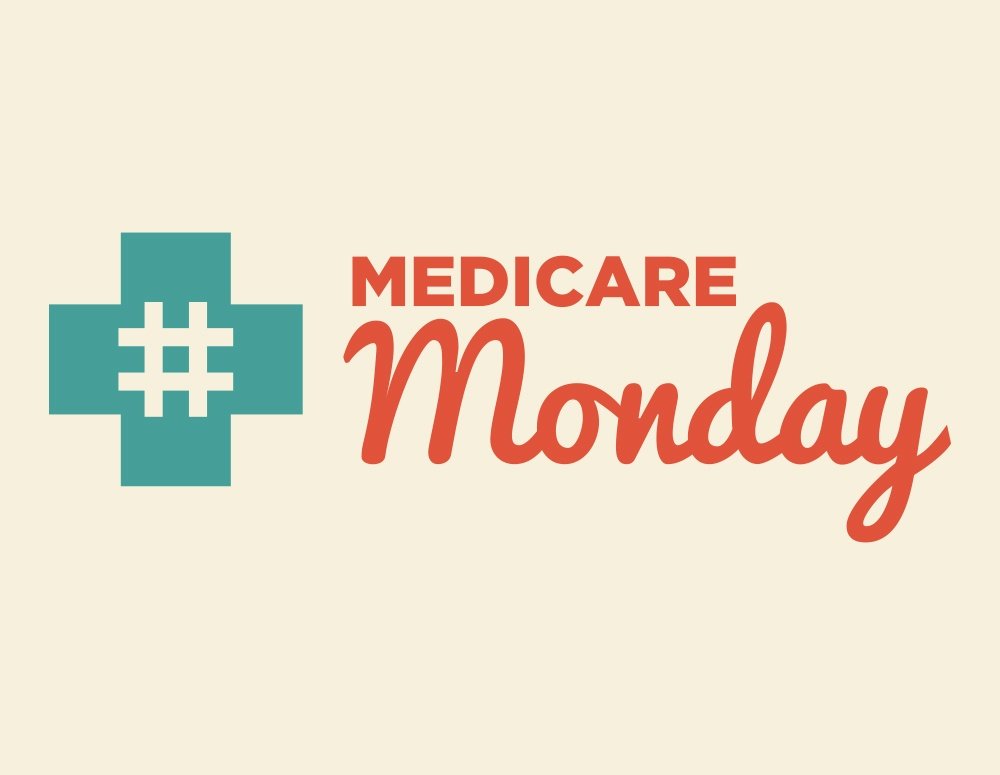Medicare Monday: How existing CMMI models affect Medicare Part B
CMMI changes

Medicare Monday: How existing CMMI models affect Medicare Part B.
CMMI changes

Medicare Monday: How existing CMMI models affect Medicare Part B.

Earlier this year the Center for Medicare & Medicaid Innovation (CMMI) proposed the Medicare Part B Drug Payment Model, also known as the Part B Demo, an experiment that would change how providers are reimbursed for their prescribing, utilization and treatment patterns within the Medicare Part B program. Stakeholders across the health care system have raised concerns about the proposal’s negative impact on patient access to treatments.
Another criticism that providers have voiced is that the model overlaps with and could be counterproductive to existing models that are changing Part B payments to reward more efficient, high quality care.
A recent Avalere Health issue brief takes a closer look at seven other alternative payment models CMMI is currently testing independent of the proposed Part B Demo and analyzed how each may incentivize providers to reduce spending and improve quality for Part B services, including Part B drugs. These include the Bundled Payments for Care Improvement (BPCI) initiative, Comprehensive Care for Joint Replacement (CJR) model, Comprehensive ESRD Care (CEC) model, Oncology Care Model (OCM), Medicare Shared Savings Program (MSSP), Next Generation Accountable Care Organization (ACO) model and Pioneer ACO model.
The Part B Drug Payment model would overlap with many of these existing CMMI initiatives and could divert resources away from their successful implementation, as well as undermine evaluation of their success.
For example, the American Society for Clinical Oncology said, “The Part B Model would remove resources from practices as they prepare for changes under MACRA. This could disrupt the site of care for Medicare patients with cancer, work against the goals of MACRA, and increase the costs to the system overall.”
Avalere’s brief concludes, “Although CMS did not design the programs covered in this brief specifically to address Part B drugs, providers participating in these programs may modify their Part B prescribing, utilization, and treatment patterns in an effort to ensure that expenditures for all included Medicare services fall under the applicable spending benchmark.”
Physicians are already devoting their efforts to improving value in Part B. Implementation of aggressive changes such as those proposed in the Part B Drug Payment Model could hinder more holistic efforts to manage costs and improve quality.
For more information on Medicare Part B, visit PhRMA.org/PartB.